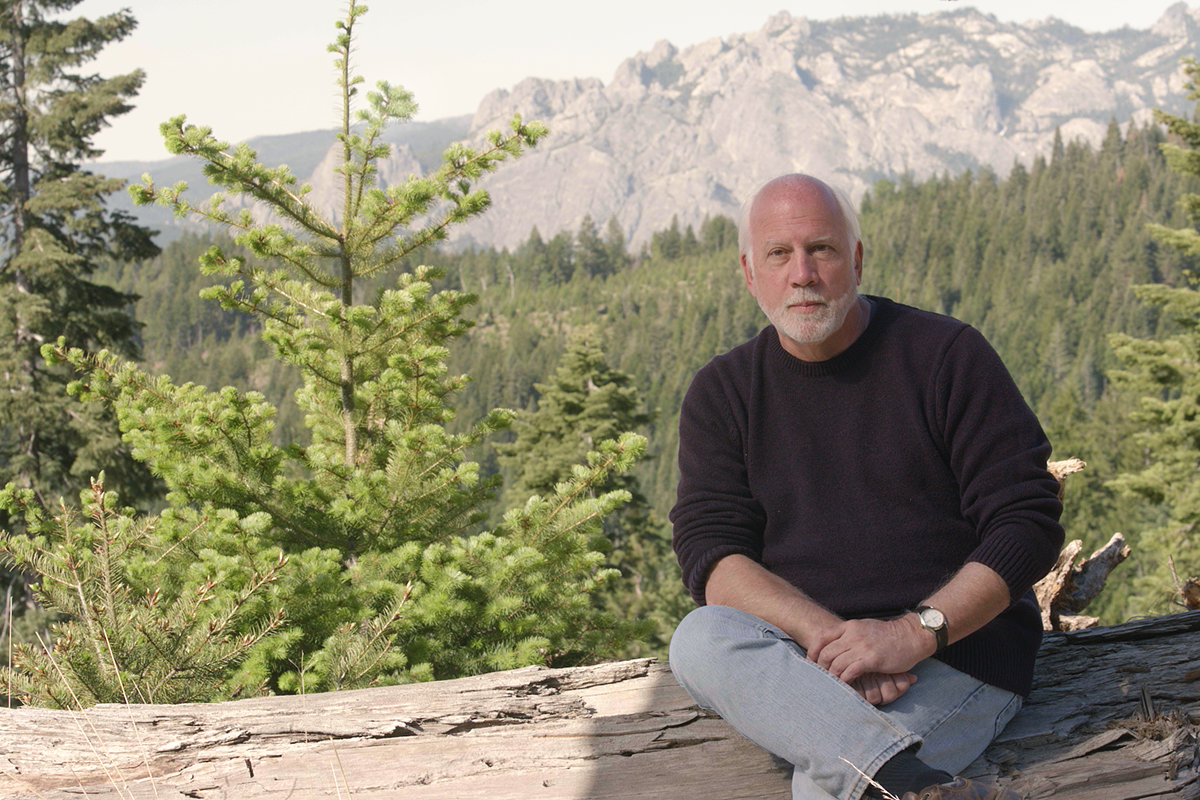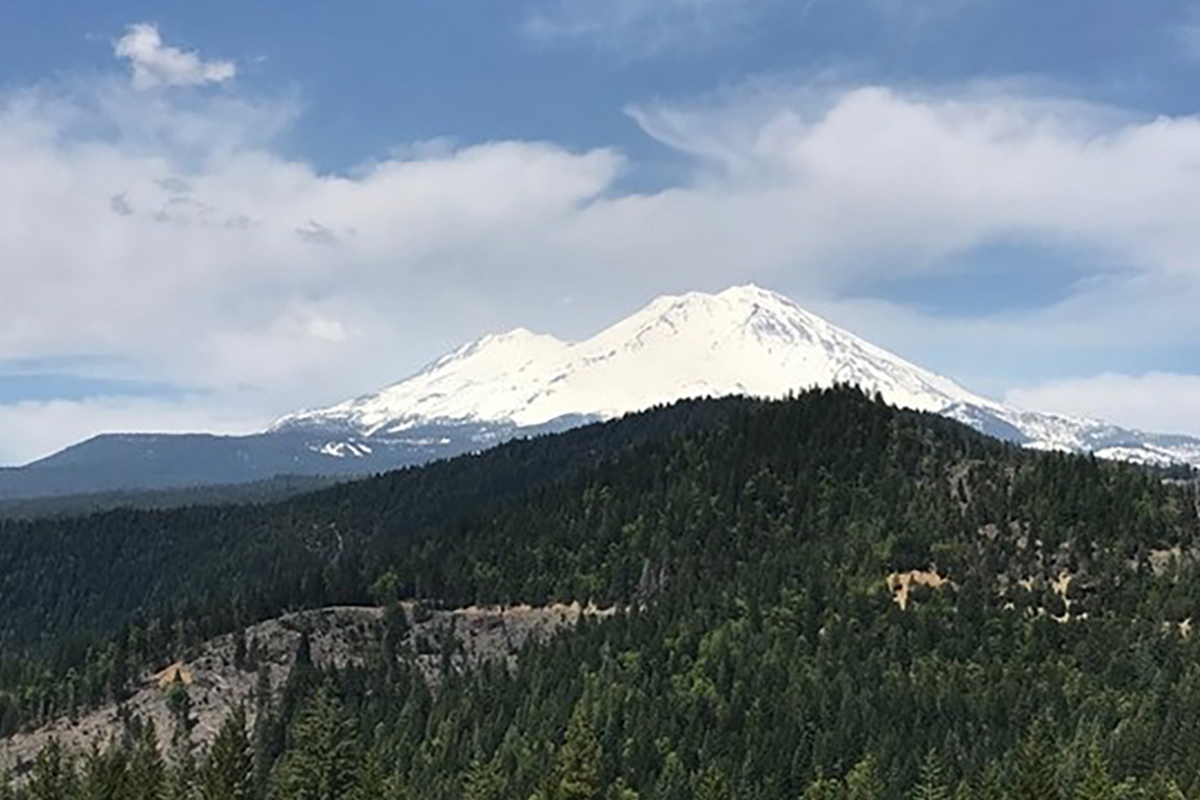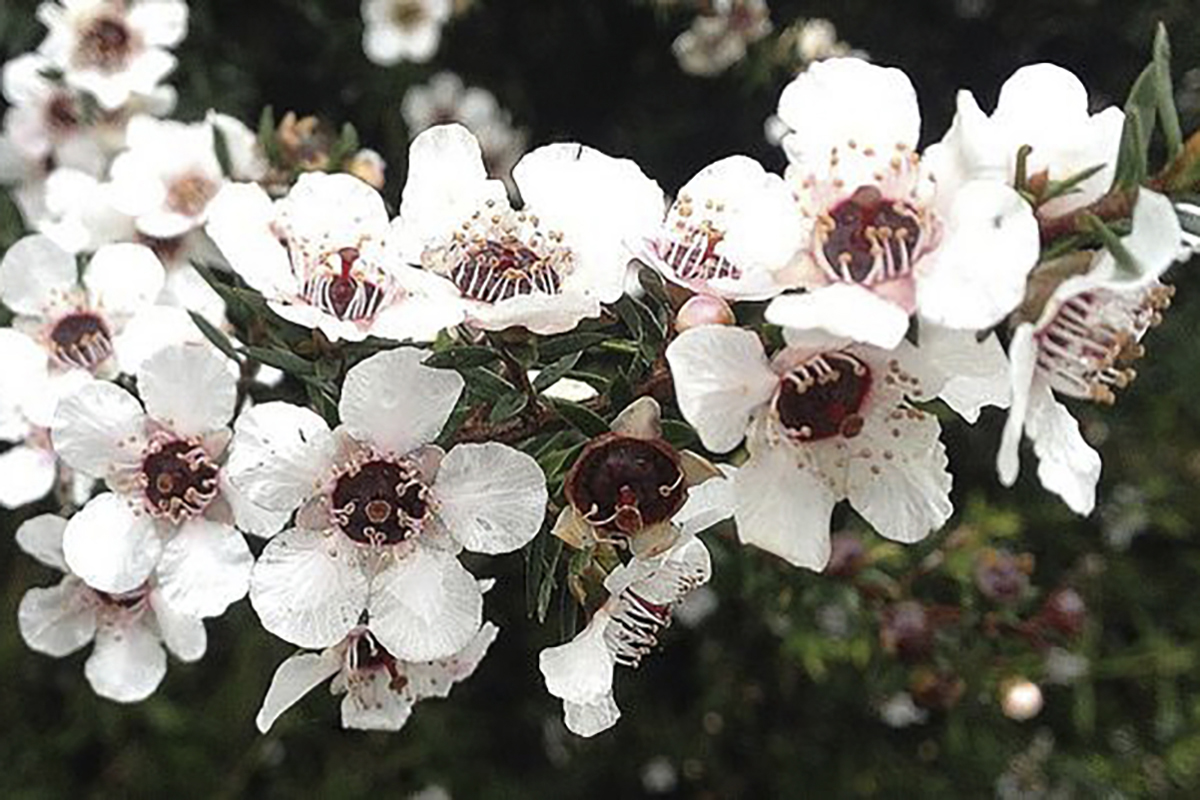
Robert Hagler, Portfolio Manager Forest Climate Solutions Fund, New Forests Inc.
Another new investment of the ASN Biodiversity Fund
Not every tree contributes to biodiversity in the same way. For New Forests, however, this rule does not apply thanks to the unique way it manages its forest portfolios. Its landscape approach to sustainable forest management benefits nature as well as the communities that live in and off it.
It is often said that if you want to boost nature or offset your carbon emissions, you should plant a tree. However, simply planting trees may not be the best way to make a long-term contribution to biodiversity. A natural, diverse forest is much more than a collection of trees. If you want to manage it properly, you also need to manage its wildlife, water regime and biodiversity aspects. Importantly, you also need to consider the communities that live in and off the forest.
NATURAL AS WELL AS SOCIAL IMPACT
Although New Forests’ Portfolio Manager, Robert Hagler, does not use the term ‘holistic’, his organisation’s approach to nature may well be described as such. New Forests’ US carbon forestry strategy focuses on natural forests that present opportunities to nurture the co-benefits of sustainable forest management such as enhanced wildlife diversity, improved water quality and carbon sequestration.
This can lead to longer rotations where harvests for timber are extended to their biological, rather than commercial, maturity of 70 or 80 years. This approach also actively supports wildlife and plant diversity, for example by creating wildlife corridors and replanting riparian zones to enhance food sources or habitat. New Forests also focuses on social impact, thanks in particular to the forests it manages in Asia, the United States, Australia, New Zealand and more recently Africa. It does this by providing fair job opportunities for local communities, providing training and support for the development of community forestry, and increasing the number of conservation projects across the landscapes where they operate.

“Our US strategy allows us to manage the forest more gently. In some cases we may harvest fewer trees over time, because if you allow trees to grow for longer, you can capture more carbon and process a higher percentage of the wood into more sustainable solid wood products”
SUSTAINABLE FORESTRY ‘PLUS’
Hagler refers to this combination of forestry, nature management and social impact as forestry ‘plus’, that is: forestry for sustainable timber production while enhancing nature, the local economy and biodiversity. “Our US strategy allows us to manage the forest more gently. In some cases we may harvest fewer trees over time, because if you allow trees to grow for longer, you can capture more carbon and process a higher percentage of the wood into more sustainable solid wood products.”
New Forests was founded in 2005 by Canadian David Brand. Following a lengthy career as a forestry expert, which included a stint working for the Canadian federal government, he spotted an opportunity to start his own business in Australia. After serving as a consultant to forestry businesses and nature organisations in Australia and Asia for several years, he set up his own company and launched the first Australia/New Zealand Forestry Fund in 2010.
RANKED SECOND IN THE WORLD
He raised capital with investors and selected forestry businesses where he could make a difference with his unique sustainable landscape forestry approach. That is when things started to take off. New Forests now manages almost 1.2 million hectares of forests and conservation lands through various funds in Australia, New Zealand, Southeast Asia, Africa and the US. Headquartered in Sydney, the company has offices in Singapore, San Francisco and Nairobi. Hagler said, “Not that this was a goal per se, but investor interests have aligned with our approach and we’re currently ranked second largest forestry manager in the world, with 6.5 billion US dollars in assets under management.”
CARBON CREDITS
Recently, ASN Impact Investors invested (through its ASN Biodiversity Fund) in the Forest Climate Solutions Fund, which focuses on a carbon forestry strategy in the US. The strategy is based on the sequestration of carbon in older forests in the US and creation of carbon offset credits under the California cap-and-trade system. When it comes to protecting nature and air quality, the state of California has been ahead of the curve for decades. Among other things, it set up a cap-and-trade system in 2012 to dramatically reduce overall greenhouse gas emissions. Companies that emit greenhouse gases must buy carbon allowances to offset their emissions which become less available and more expensive every year.


Participants can also use offsets created under the rules to cover a small percentage of their emissions as they transition to lower emitting technologies. The program has been extremely successful; lowering GHG emissions in California to 1990 levels ahead of its 2020 target date, and the program has been extended to 2030 with additional emission reduction targets. New Forests has created over 20 million carbon offset credits in the system since 2013.
“If you manage a forest more holistically, you can create benefits for nature, local communities, as well as investors”
NATIVE COMMUNITIES
New Forests was one of the first forestry companies to develop carbon credits through California’s cap-and-trade system. Its forest management projects across the US were designed with this carbon credit market in mind: “It’s not easy to get approval for projects – this can take up to three years. But thanks to the carbon credits, we’ve been able to get an enormous amount done,” Hagler says.
He singles out the benefits to the native communities in the US. By developing projects on their land that demonstrably contribute to carbon capture, New Forests has earned more than 200 million dollars for these communities from the sale of carbon credits. The Yurok tribe in northern California, for example, used this income to re-purchase ancestral lands in northern California. In Alaska, the Chugach Tribe alone earned as much as 123 million dollars, and “used some of this money to retire development rights for a coal mine and protect nearby sustainable salmon fisheries”. It’s a good example of the benefits that can be delivered to communities and livelihoods through the creation of verifiable carbon offsets.
GENUINE NATURAL ASSETS
To New Forests, carbon credit income is currently little more than extra return on top of the ROI for its investors. As Hagler emphasises, it is impossible to base a business model on carbon credits alone as long as the markets for them remain volatile and every region has its own set of rules. “We have seen carbon offset price volatility in some regions where we operate as markets and policy continues to evolve”. Hagler believes that the market for carbon credits needs to mature to create global price stability and credit integrity before emission rights can create the kind of sustainable bio-economy that underpins New Forests’ business strategy. Until that time, nature and the local communities will continue to be the main beneficiaries of the income from emission rights. “The investors that join our funds are convinced of the value of investing in natural real assets. To them, the carbon credits are simply a bonus.”
SUSTAINABLE VENEER PLANT IN LAOS
Another example of how New Forests uses sustainably managed forests to generate broader benefits is the Mekong Timber Plantations Company (MTP) in Laos, a business owned by another New Forests’ investment fund. The business grows FSC© certified hardwood, and built a veneer plant to turn the trees into durable wood products such as plywood. The plant maintains FSC Chain of Custody certification, meaning that all products that leave the plant can be traced back to MTP’s sustainable forests. Thanks to this modern plant, the Laotian firm is able to sell products that have a greater added value than hardwood logs alone and helps support local communities with training and employment opportunities for over 100 individuals This is more in tune with both the evolving global market for wood products, and New Forests’ approach to sustainable management of forests.


HARD FIGURES ON BIODIVERSITY
As far as the ASN Biodiversity Fund is concerned, the main reason for investing in New Forests’ forestry ‘plus’ approach is that it is reasonable to assume that it will give a significant boost to biodiversity. For the time being, biodiversity accounting methodologies are still evolving and there may be few hard figures to measure the increased diversity of plant and animal species. “Our foresters are currently evaluating how to best gather biodiversity data and the exact metrics that should be measured. We know, however, that our activities will have a positive impact. If we add shade to riverbanks fish stocks generally improve and managing natural forests on longer rotations typically increases both carbon sequestration and biodiversity.”
ASN IS A COMPATIBLE PARTNER
Compared to New Forests’ institutional clients, the ASN Biodiversity Fund with its private investors is a striking newcomer on the scene. “To get a player like ASN Impact Investors on board through a retail fund is both interesting and new to us. It’s a great idea to get private investors involved in this type of forestry asset. Its focus on biodiversity makes ASN a compatible partner for us as well.”
HEART FOR FORESTS
This is not to diminish the crucial role that forests play in the fight against global warming. “Let’s not forget that we emitted between 600 and 800 gigatons of CO2 over past centuries that still needs to be captured from the atmosphere. Of all the ways in which this could be done, forestry is the most effective. This includes reforestation, combating deforestation and better management of existing forests.”
At the end of the day, it is a question of making more out of your investment in ‘genuine’ natural assets. “We’re not in this business to make a quick buck; forests are dear to our heart and we collectively share in a vision to see investment in land use and forestry as central to the transition to a sustainable future. We employ dozens of people who trained as biologists or foresters. All of them know that if you manage a forest more holistically, you can create benefits for nature, local communities, as well as investors.”
MAÑUKA HONEY BETWEEN THE TREES

One of the forests in which New Forests invests through a fund in New Zealand was home to a beekeeping business that produced manuka honey: honey from the manuka tree, which is said to have antibacterial properties. New Forests has found a way to combine planting new saplings for timber with maintaining the existing indigenous trees, so that the bees can continue to go about their business. The beekeeper will also remain on site, in exchange for a share in the profits from the sale of the honey. New Forests believes that this is a great example of how the right mix of flora and fauna and close ties with local communities can lead to a forest that is worth more than just wood: it is a place for food production where the new saplings capture carbon while the native plant and animal species remain in place, thereby contributing to biodiversity.